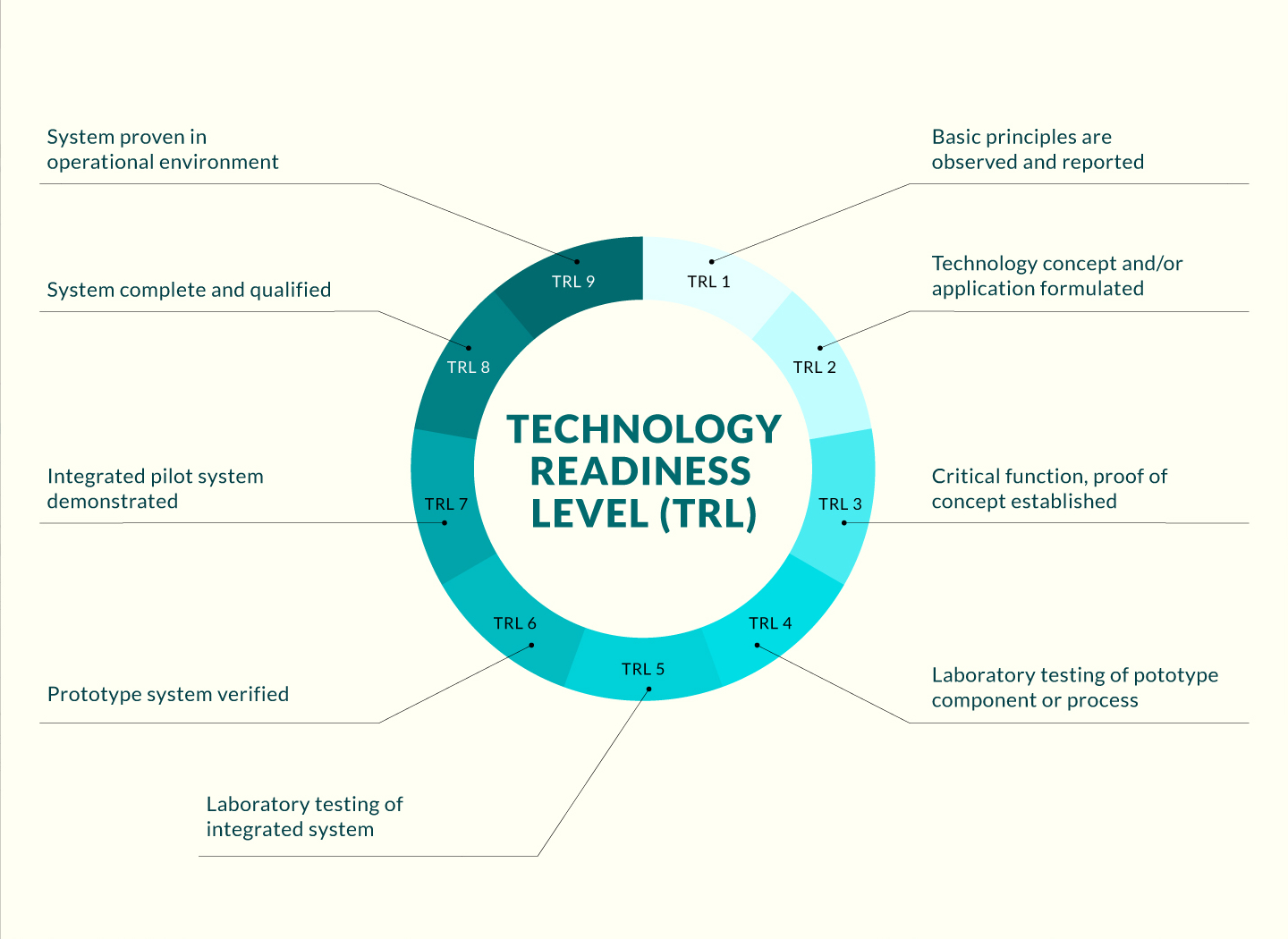


Opportunity
The patent tackles crucial challenges in traditional copper (Cu) bonding, where insufficient Cu transportation at the interface hampers optimal strength and reliability of chip. The observed issue stems from restricted Cu atom diffusion at typical bonding temperatures. This technology extends to electronic device manufacturing, addressing immediate challenges and fostering progress.
Technology
This invention employs thermomigration to improve Cu-to-Cu direct bonding. It introduces an extra driving force – the temperature gradient – alongside the stress gradient. The additional force facilitates the movement of Cu interfacial atoms in response to the existing temperature gradient inherent in thermomigration, subsequently enhancing the Cu-to-Cu direct bonding performance.
Advantages
- Improved Bond Strength: Utilizing thermomigration creep enhances bond strength and stability, ensuring superior long-term reliability in semiconductor devices.
- Enhanced Manufacturing Yields: Our innovative approach reduces bonding material defects, leading to higher manufacturing yields and cost-effectiveness compared to existing techniques.
- Stress Mitigation: The advanced Cu-to-Cu direct bonding process minimizes thermal stress, reducing the risk of device failure and enhancing overall performance.
- Precision Interconnections: Precise control over bond formation allows for finer pitch interconnections and superior electrical conductivity, surpassing current practices in microelectronic bonding.
-
Uniform Grain Structures: Enhanced thermomigration creep promotes increased uniformity in metal grain structures, contributing to improved device durability and longevity compared to less consistent grain boundaries in existing practices.
Applications
- Advanced Semiconductor Devices: The enhanced Cu-to-Cu direct bonding process is well-suited for advanced microelectronic applications, providing superior interconnections and electrical conductivity for next-generation semiconductor devices.
- High-Performance Computing Systems: In the realm of high-performance computing, the technology's ability to minimize thermal stress and improve bond strength makes it ideal for creating reliable and efficient connections within complex computing architectures.
- Telecommunication Infrastructure: The precision and reliability offered by the innovative bonding process make it valuable in the telecommunications industry, supporting the development of high-speed and reliable communication devices.
- Medical Electronics Systems: With a focus on miniaturization and precision, the technology finds potential in medical electronics, enabling the creation of more reliable and compact electronic components for medical devices and implants
-
Renewable Energy System Developers: Companies involved in renewable energy systems, including electric vehicle manufacturers, can explore the technology for developing more efficient and durable batteries and capacitors for sustainable energy solutions.



